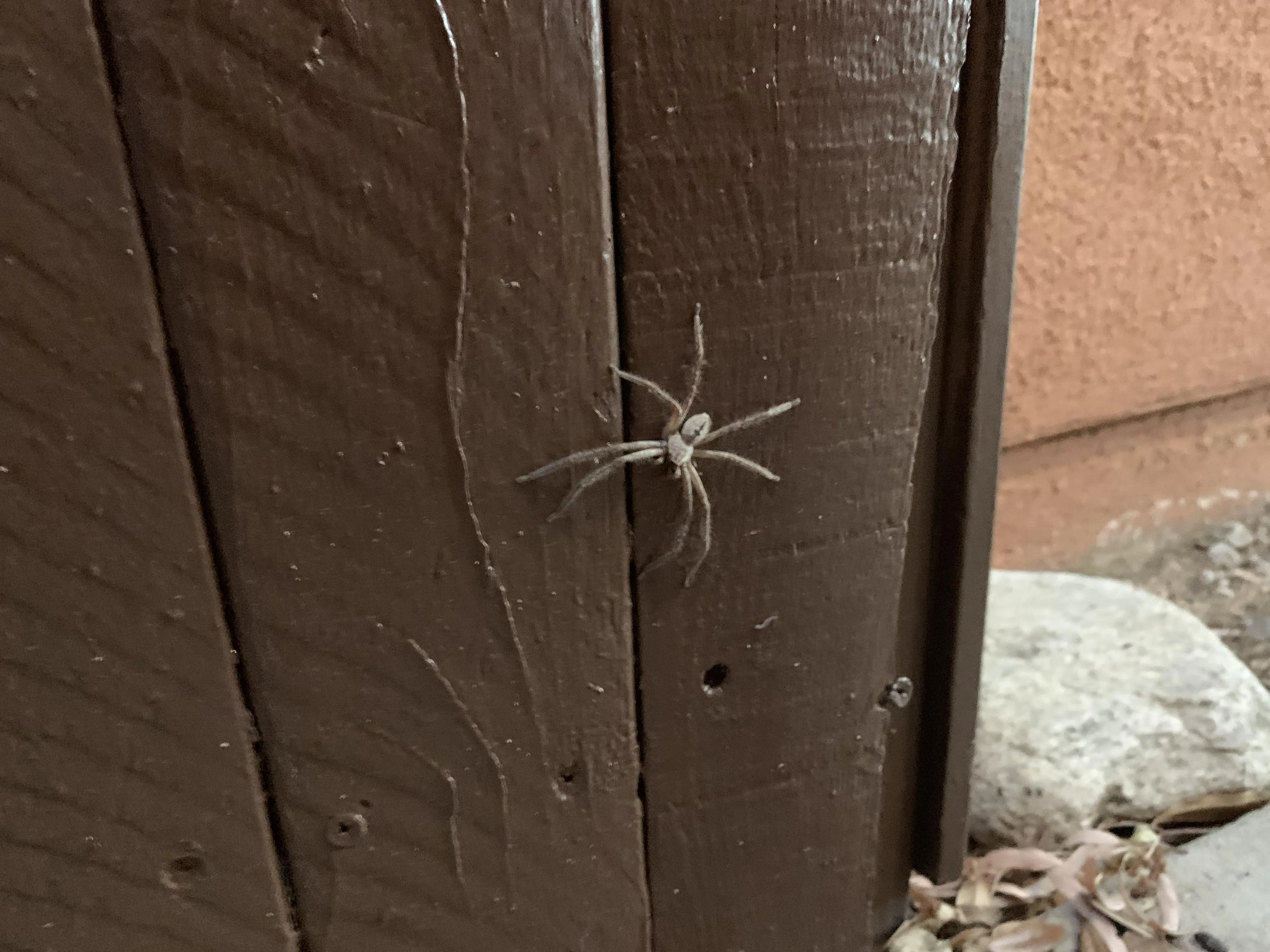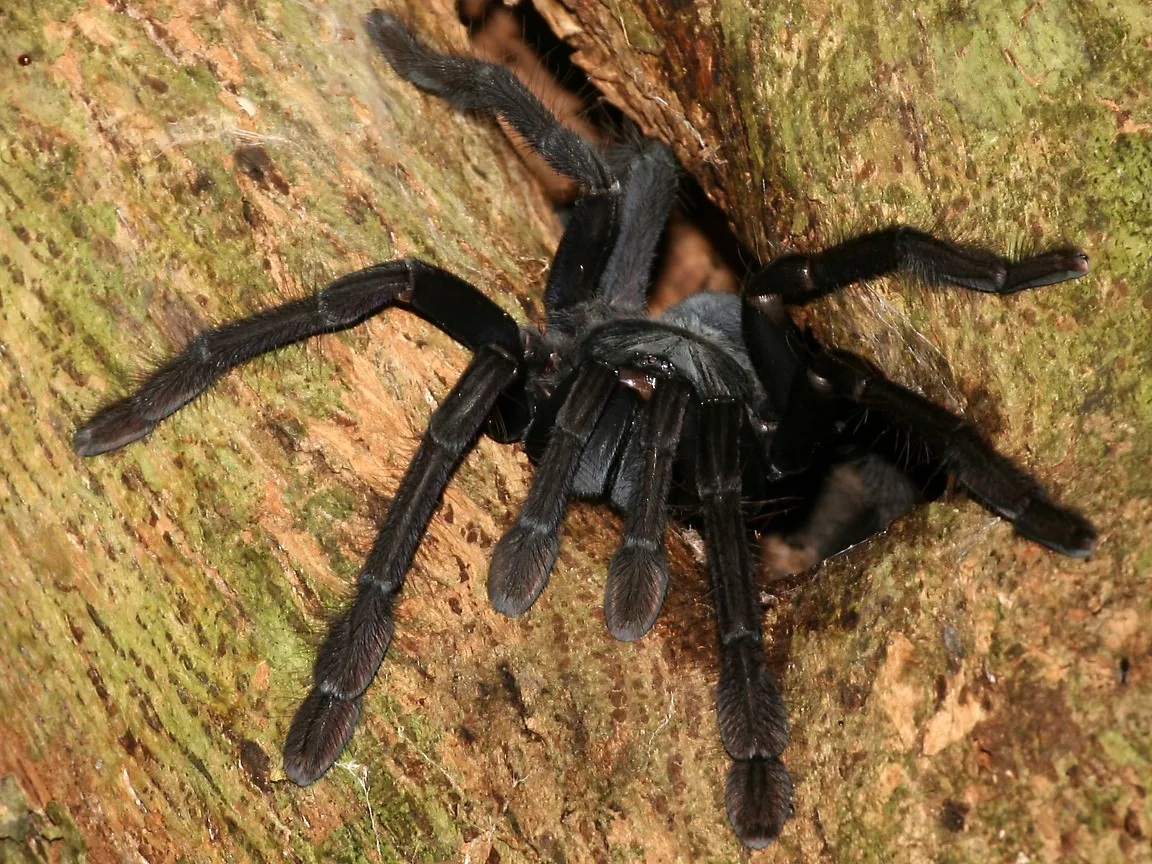What is a Tarantula
Tarantulas are large, hairy spiders belonging to the Theraphosidae family. They are known for their impressive size, often eliciting both fascination and fear. Found in various habitats around the world, these arachnids are a diverse group, with hundreds of different species. Unlike many other spiders, tarantulas are often active during the night and are generally not considered aggressive. However, they do possess formidable fangs and a venomous bite, although it is rarely fatal to humans. Understanding the tarantula begins with appreciating its unique characteristics and how it has adapted to its environment.
Tarantula Characteristics
Tarantulas have several distinct characteristics that set them apart. They have eight legs, two body segments (cephalothorax and abdomen), and typically eight eyes. Their bodies are covered in hairs, some of which can be urticating, meaning they can cause irritation if they come into contact with skin. Tarantulas also have chelicerae, which are appendages that contain fangs used to inject venom into their prey. The size of tarantulas varies greatly depending on the species, but they are generally much larger than most other spiders. These features allow them to survive in various environments and hunt efficiently.
Tarantula Size and Appearance

The size and appearance of tarantulas are significant factors contributing to their mystique. They can range from a leg span of just a few inches to over a foot, making them some of the largest spiders in the world. Their bodies are often covered in a dense coat of hairs, which can come in various colors, from brown and black to vibrant shades of blue, orange, and red. The appearance of a tarantula can provide camouflage, as they can blend into their surroundings to hunt prey. Some species also have elaborate patterns and markings, used for mating displays or to warn off potential predators. This diversity in size and appearance underscores the broad variety within the tarantula family.
Top 5 Tarantula Facts
Fact 1 Tarantulas are Huge
As mentioned, tarantulas are among the largest spiders in the world. Some species, like the Goliath Birdeater, can have a leg span of up to 12 inches or more. This size makes them visually impressive and gives them a significant advantage in hunting. Their size also allows them to take down larger prey, such as insects, small reptiles, and even small mammals. The immense size of tarantulas often fascinates people and contributes to the excitement surrounding these creatures.
Fact 2 They Have Venom

Tarantulas possess venom, which they use to subdue their prey. This venom is injected through their fangs and can cause localized pain, swelling, and muscle cramps. However, the venom of most tarantula species is not considered particularly dangerous to humans, and the bite is often compared to a bee sting. Allergic reactions, though rare, can occur. The venom is primarily designed to paralyze or kill insects and other small animals. Despite their venom, tarantulas are not typically aggressive and will only bite if they feel threatened or provoked. This defense mechanism makes them formidable predators.
Fact 3 Tarantulas are Long-Lived
One of the most remarkable aspects of tarantulas is their longevity. Female tarantulas can live for up to 20-30 years in the wild, and even longer in captivity. Male tarantulas, on the other hand, have a shorter lifespan, typically living only a few years after reaching maturity. This long lifespan is unusual for spiders and contributes to the interest surrounding these creatures. The extended lifespan allows tarantulas to grow to their full size and reproduce multiple times throughout their lives, and is influenced by factors such as diet, environment, and genetics.
Fact 4 Tarantulas are Hunters
Tarantulas are primarily ambush predators, waiting patiently for prey to come within striking distance. Their diet consists mainly of insects, but larger species can also consume small vertebrates. They use their fangs to inject venom, which paralyzes or kills their prey. After subduing the prey, the tarantula will use enzymes to liquefy the insides and then suck up the resulting liquid meal. This unique hunting style contributes to their survival in various habitats, as it allows them to adapt to different types of prey and environments. They are skilled hunters, and their survival depends on their hunting abilities.
Fact 5 Tarantulas are Diverse

The tarantula family is incredibly diverse, with hundreds of different species found across the globe. They vary in size, color, habitat, and behavior, showcasing the evolutionary success of this group. From the desert-dwelling species to those found in tropical rainforests, tarantulas have adapted to a wide range of environments. Their diverse appearances, ranging from brightly colored to camouflaged, highlight the beauty of this spider family. This diversity makes them a fascinating subject for study and observation.
Tarantula Habitats
Where Tarantulas Live
Tarantulas can be found in a variety of habitats around the world, including North and South America, Africa, Asia, and Australia. They typically prefer warmer climates and are often found in burrows, under rocks, or in trees. Some species are terrestrial, while others are arboreal, living in trees. Their choice of habitat depends on factors such as food availability, climate, and protection from predators. The distribution of tarantulas reflects their ability to adapt to diverse conditions and utilize different resources.
Adapting to Various Environments

Tarantulas have evolved various adaptations to thrive in their respective environments. These adaptations include their coloration, which helps them blend in with their surroundings, and their burrowing behavior, which provides protection from the elements and predators. Some species have urticating hairs, which they can flick off their bodies as a defense mechanism. Others have developed specialized hunting techniques to catch prey in their particular habitats. These adaptive behaviors are critical to their survival in the wild.
Tarantulas and Humans
Tarantulas as Pets
Tarantulas have become popular pets, due to their unique appearance, relatively low maintenance needs, and interesting behaviors. Many species are docile and easy to handle, making them appealing to both experienced reptile keepers and those who are new to exotic pets. However, prospective owners need to research the specific needs of each species, including proper housing, feeding, and environmental conditions. It is crucial to ensure that the tarantula is handled safely and that its needs are met to ensure its well-being.
Tarantula Bites and First Aid

While tarantula bites are not typically life-threatening to humans, it’s essential to know what to do if bitten. The bite is usually similar to a bee sting, causing localized pain, redness, and swelling. If bitten, the area should be washed with soap and water. Applying a cold compress can help reduce pain and swelling. In rare cases, individuals may experience an allergic reaction, requiring medical attention. It is best to consult a doctor for any symptoms, particularly if they seem unusual or severe. Handling tarantulas with care and caution minimizes the risk of bites and ensures safety for both the handler and the spider.
